Hooghly Imambara is an experience in itself. With its open and spacious courtyard, long-running corridors and the majestic watch tower, the entire monument is an architectural splendour quietly speaking about its erstwhile prominence and fading grandeur. Built in the 19th century, the Imambara is a holy shrine for not only the Muslim followers but also the people of other faiths.
What is an Imambara?
An Imambara is a congregation hall for commemoration ceremonies of Muslims of Shia denomination those attached with the Remembrance of Muharram. An Imambara is definitely not a mosque which is a worship place for all the Muslims. In fact, the Islamic term for an Imambara is ‘Hussainia’ which is etymologically derived from the name of Husayn Ibn Ali, the grandson of Muhammad who was killed in the battle of Karbala in 680 AD. Read more about Bara Imambara in Lucknow here.

Hooghly Imambara courtyard
A brief history of Hooghly Imambara
Although the grand monument is bound to leave anyone awestruck with its beautifully ornamented designs and motifs, the Imambara had a humble beginning. The Hooghly Imambara was set up by a distinguished Persian merchant named Mohammad Aga Motahar in 1717 AD. He had arrived at the banks of river Hooghly at the beginning of 18th century with his salt business. He built his abode at the place where the Imambara stands today for his family with the desire to spend the rest of his life. Being a rich person, he enjoyed the service of a large number of servants. But perhaps, his family life was not a happy one although he was blessed with immense wealth. In 1717, he dedicated his loved home solely to the almighty God “Allah” and renamed the place as “Nazargah Hossein”. In 1735, his son-in-law Mirza Saleh-ud-din added another building to it. This new building was named “Tazia Khana”, this is probably the place where the Tazias are kept.

The courtyard of Hooghly Imambara
The present day Imambara does not have any connection to the older one. In fact, it was built on the debris of the older one under the patronage of Haji Md. Mohsin. A notable philanthropist, Haji Md. Mohsin was born on 1732 and as the only successor of Md. Aga Motahar, the childless couple Mannu Jan Khanam and Mirza Saleh-ud-disinherited the entire Motahar property. Md. Mohsin was a childless and pious man. He donated the entire property for the use of local Muslim community. But by a sad turn of events Md. Mohsin expired on November 29, 1812, before the Imambara could be completed. Mohsin had made arrangements for construction of the Imambara and for a Mutawalli (caretaker or official trustee appointed to look after the Muslim shrine). But the Mutawallis did not follow the path of Haji Mohsin and charges of corruption and squandering of wealth was levied against them. Such was the mismanagement that the Government finally took charge of the Imambara. In 1834, Syed Keramat Ali, a noble architect was appointed as a Mutawalli. Keramat Ali was a versatile man with profound knowledge in science and geometry. It was under him that the Hooghly Imamabara was eventually built. It took twenty long years from 1841 to 1861 for the Imambara to be built with an expense of Rs.850000/- according to the biography of Haji Mohsin by Hashmat Ali. Before his death in 1875, Syed Keramat Ali handed over the authority to Maulvi Syed Ashraf Uddin, the eldest son of Nawab Amir Ali.
The architecture:
Imambara literally means the abode of angels (‘Imam’ meaning angels and ‘Bara’ meaning abode).the Hooghly Imambara opens with an imposing doorway to an open courtyard. There is a rectangular tank at the middle of the courtyard that is decorated by beautiful fountains. It is believed that the fountain has an underground connection to the river.
The courtyard is surrounded by two-storied buildings with long corridors and having numerous rooms. These are now used for official purposes and classroom for the madrasah students.

The long corridors
In front of the courtyard is the Zaridalan, the main prayer hall of Imambara. The interiors of the Zaridalan is mixed with beauty and solemnity. It has a black and white checkered marble floor that gives a calming effect. The walls of this room are covered with lines from ‘Hadish’, the maxims of Prophet Hazrat Mohammad while the room is beautifully decorated with lanterns and chandeliers made of Belgian glasses hanging from the roof. There is Islamic calligraphy on the walls of the Imambara. Inside the prayer hall, there is the seven starred throne of Imam from where he delivers his speeches. There is also an elegant sitting arrangement for the ladies in both side balconies. There are five Tazias kept at the end of the prayer hall.
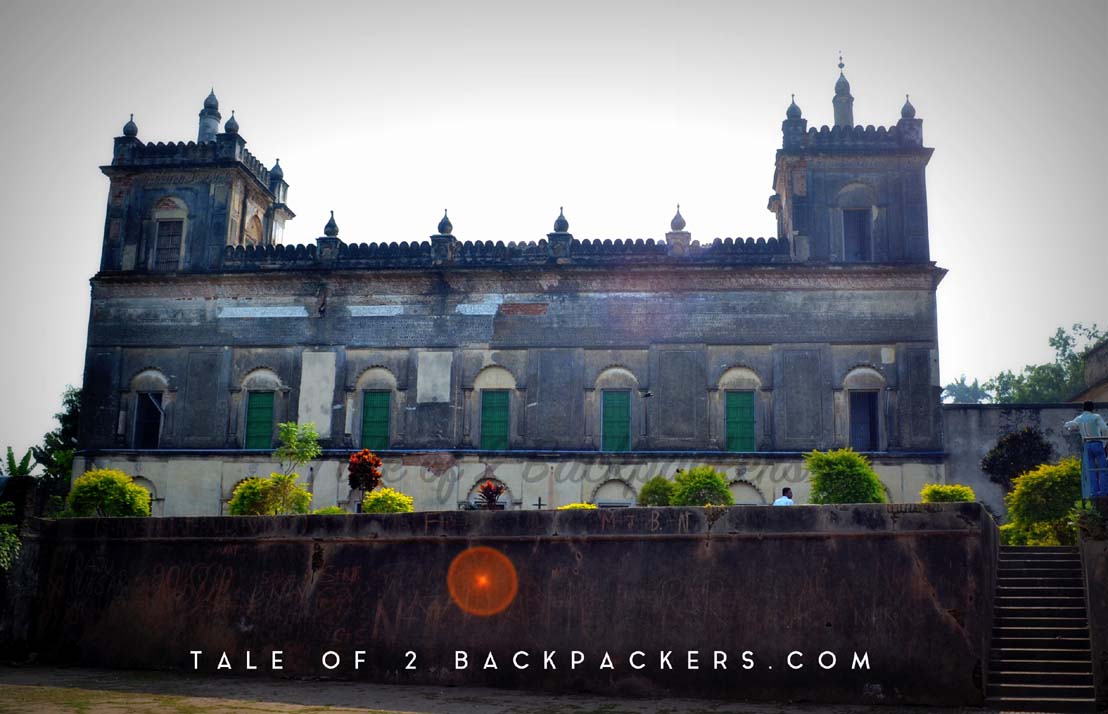
The rear view of the Imambara
Grand Clock Tower in Hooghly Imambara
The clock tower is another spectacular wonder in the Imambara. The clock is placed in the middle of the twin towers erected upon the doorway of the Imambara. Each tower is said to be 150 ft high with 152 stairs leading to the top. The huge clock with two dials, placed on both side of the towers is run by a single central machine and is working perfectly till date. The clock is winded once a week. It is said that two persons are required to carry the key of the clock; and why not, the key itself weighs 20 kg. Just above the central unit, three bells of different sizes are present weighing around 3200 kg, 1600 kg and 1200 kg respectively. The small and medium sized bells chimes every 15 minutes and the bigger one every one hour. The Southern Tower is for the men while the Northern Tower is for the women to access. The top floor of the towers offers a spectacular view of the surrounding areas and river Ganges. The clock still gives the correct time from its inception as if silently observing the flow of time as well that of the river.
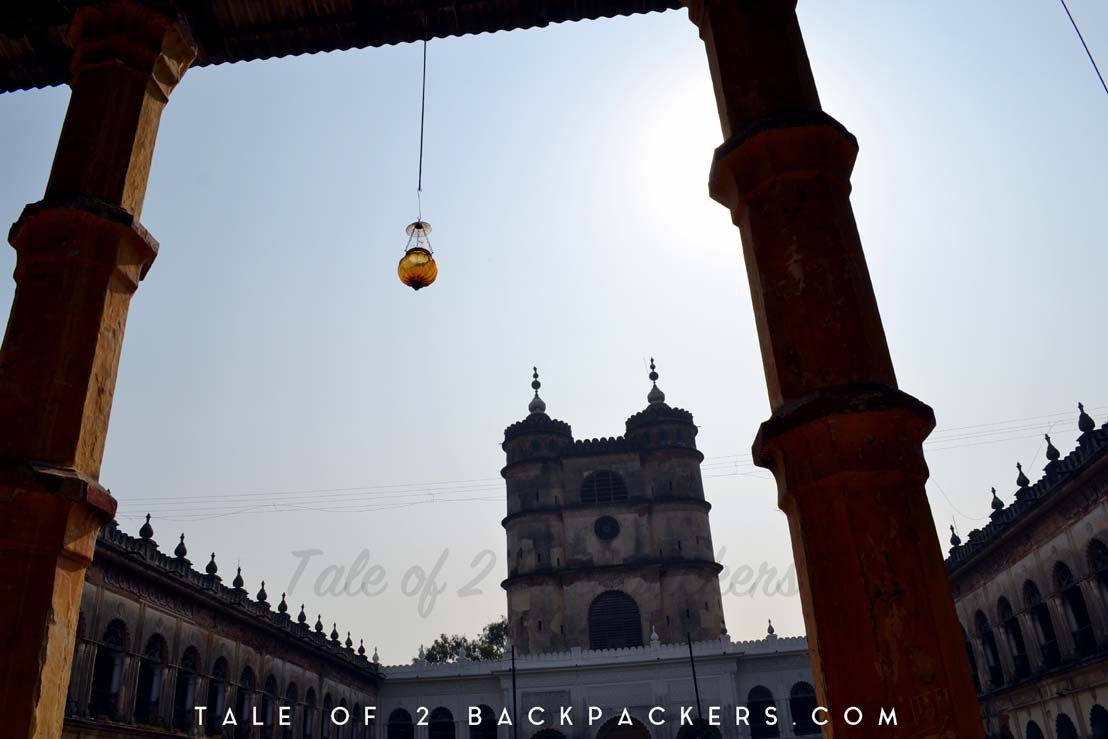
The Clock Tower
The Sun Dial
There is a sundial at the open yard at the back side of the Imambara. There is a concrete table with a fixed hand that still indicated the correct time from dawn till dusk. We were fascinated to see the sundial. In fact, it gave the exact time.
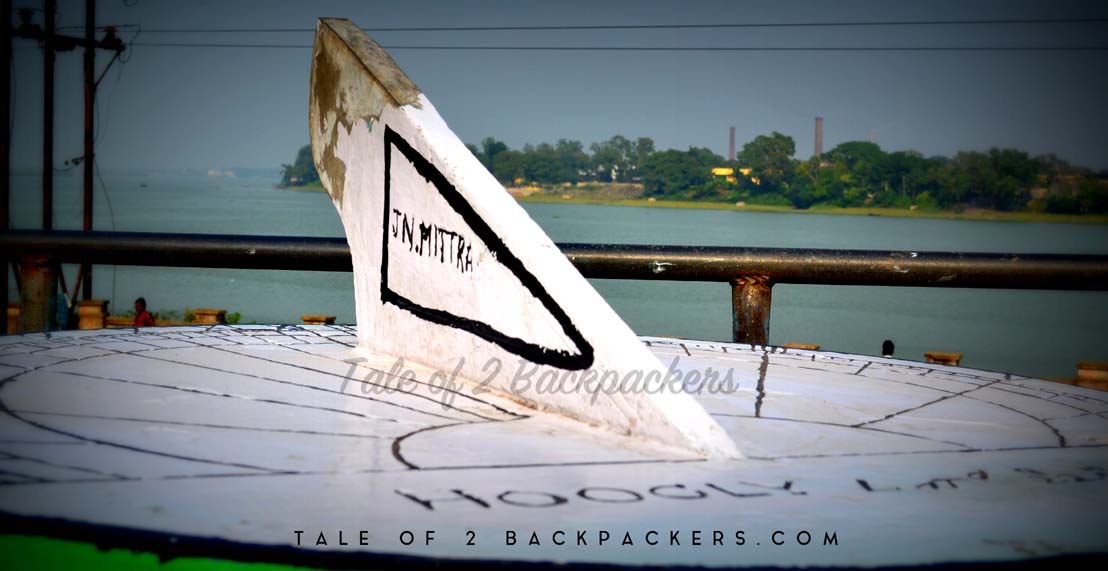
The Sundial
The last will and testament of Haji Mohammad Moshin
At the backyard, the last will of Haji Mohammad Moshin is engraved on the wall in English and Arabic. For all the history buffs, this is a great relic to see.
The Hooghly Imambara is a great place to spend some time quietly and contemplate; a place where you can see the wonders of architecture as well as nature. Sit beside the Hooghly river and watch the sunset. Overall the visit can be a fulfilling experience.

It gives exact time
How to reach Hooghly Imambara:
The nearest railway station is Bandel. Bandel can be reached from Howrah station by local train. From the station, you can take a rickshaw to the Imambara.
You can club your visit with Bandel Church. From Bandel Church, you can also take a boat ride along the river to the Imambara. This boat ride will be a different experience.
Some facts about Hooghly Imambara:
The Imambara remains open from 8 am to 6 pm from April to August, and 8 am to 5 pm from September to March.
Entry tickets cost Rs.10/- (as on 2016)
You can take photographs at the Imambara freely except inside the Zaridalan.

The Imambara
Trivia:
The giant clock at the clock tower or Ghori Ghor was manufactured by M/s Black & Hurray Co., Big Ben, London and cost Rs.11721 in 1852.
Haji Mohammad Mohsin is also the founder of the reputed Hooghly Mohsin College.
The Hooghly Imambara is in need of proper look after. The fountain is not working and the whole place is in a rundown condition. Proper maintainance can change the place for better and can attract more tourists.




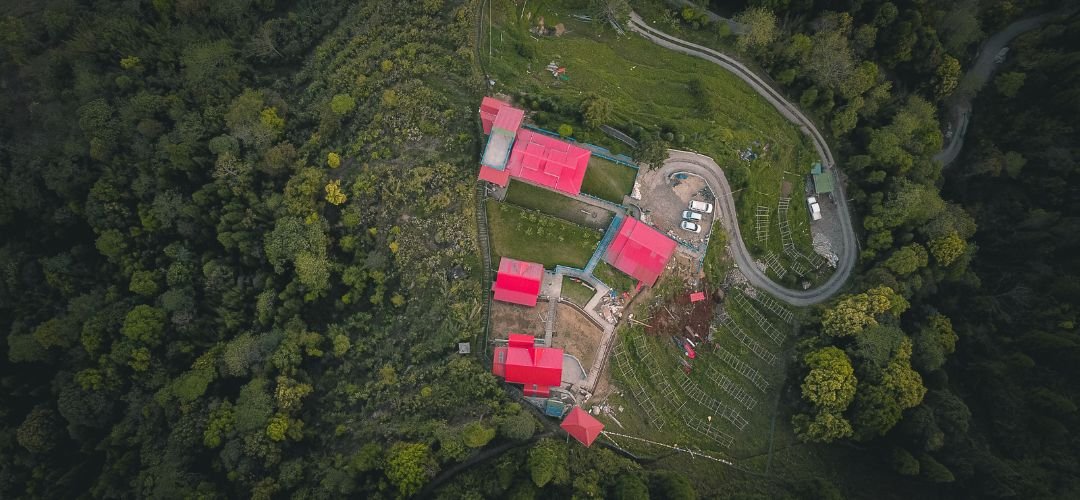


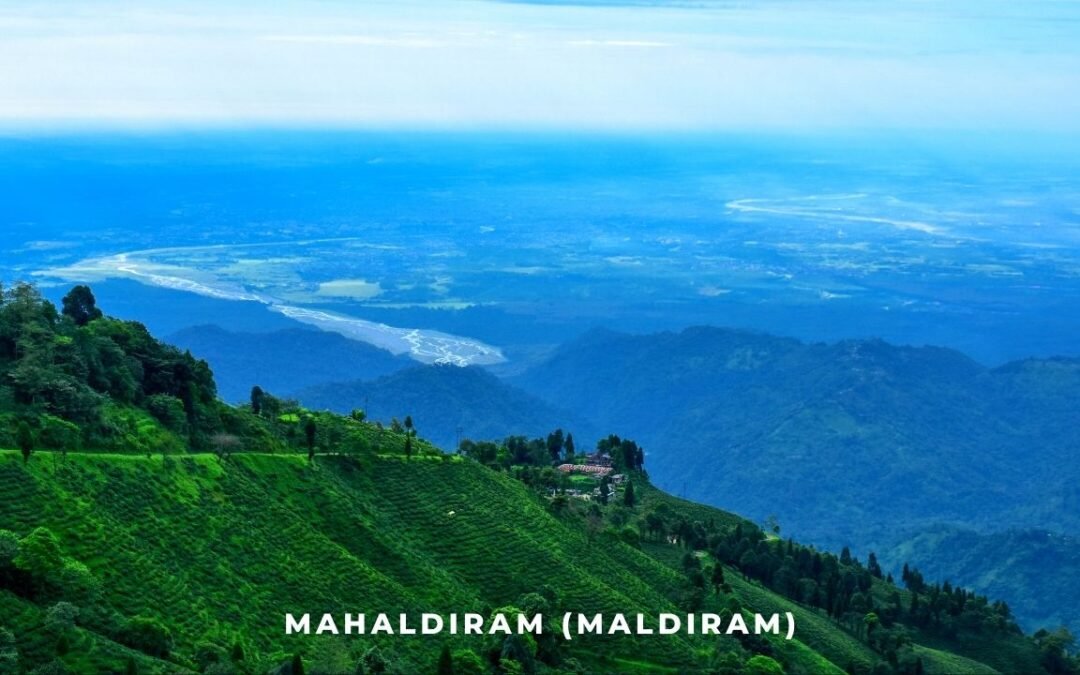
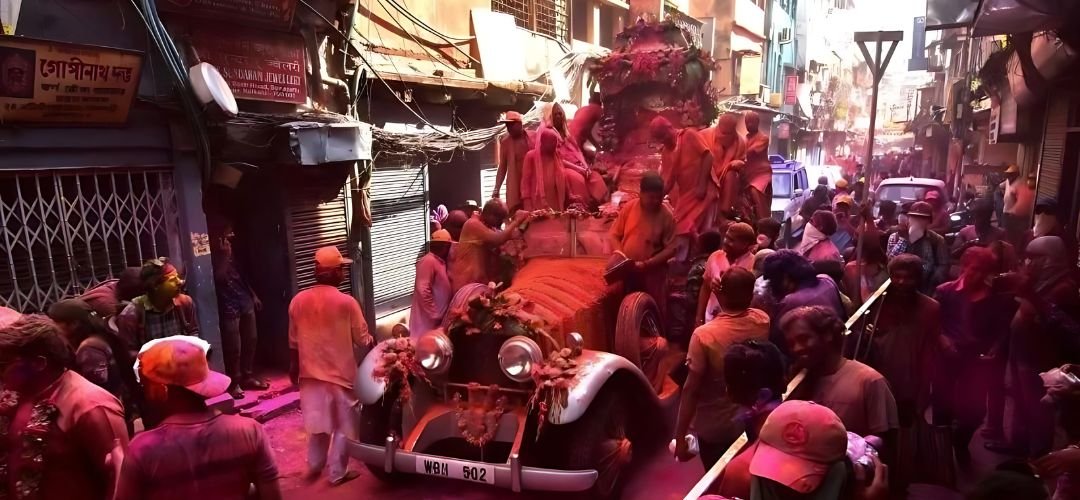
Nice post. Informative. I went there in 2017.
So much history in Hooghly ,never knew.
Thank you so much!